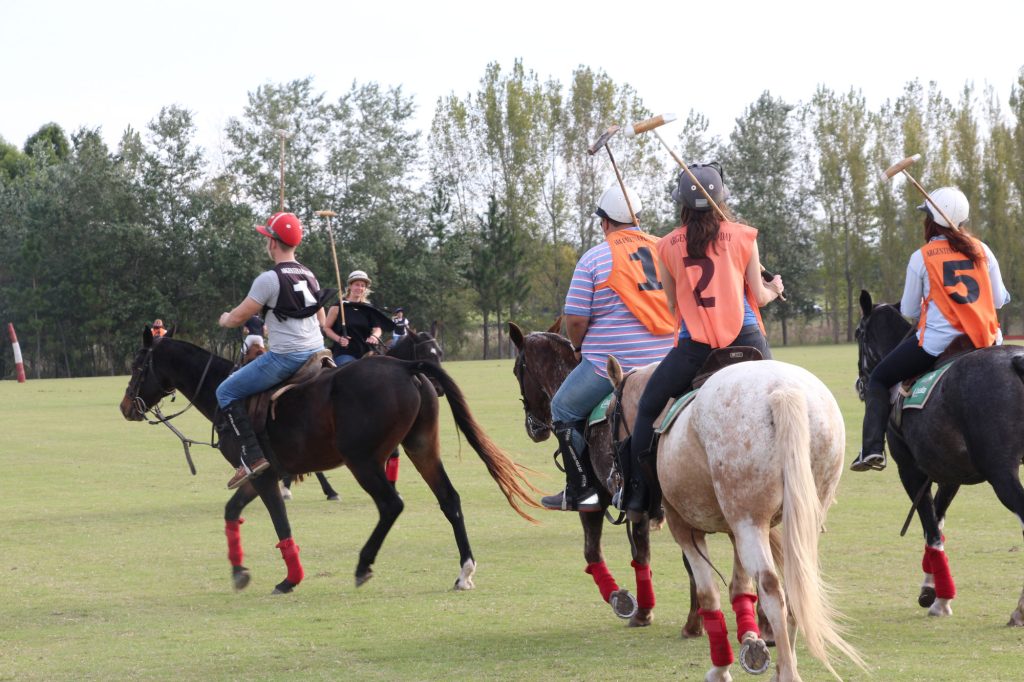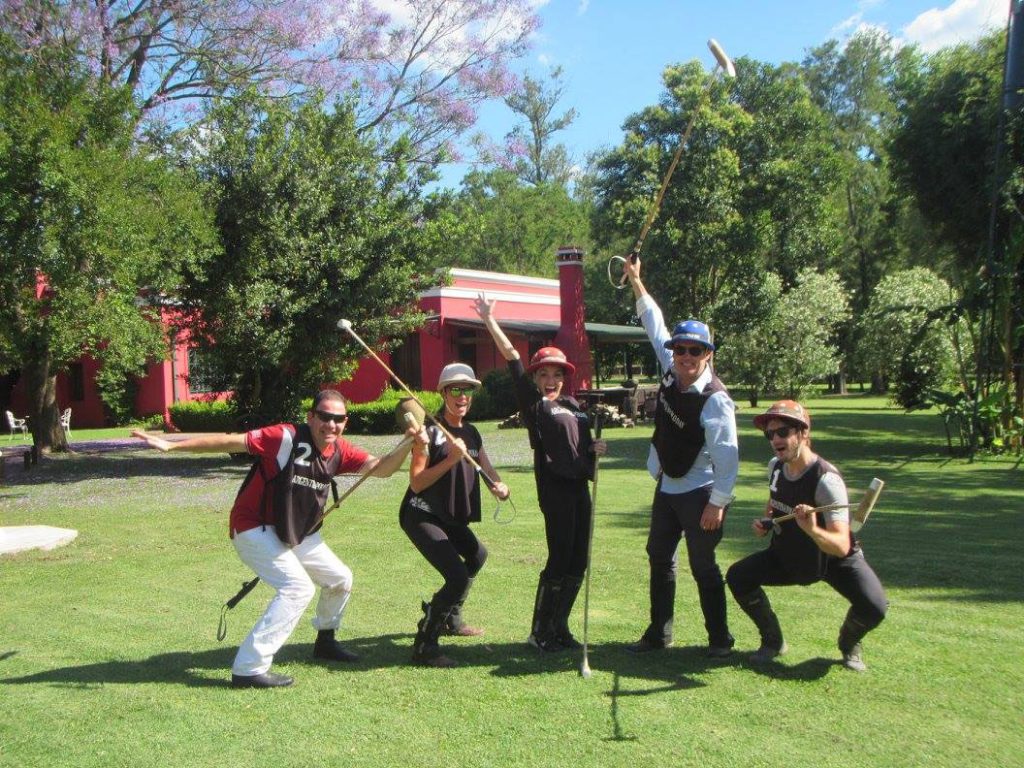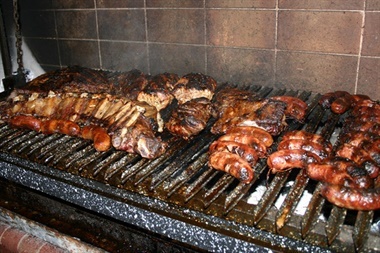[:es]Polo is about horses, polo players, top-notch fields. So, what do we have to consider about it:
Principally you have to take into account the type of grass, this can be Bermuda, Tifway or Tifton generally. The difference is not only the grass, but the most important thing also remains under.
If it is soil and it rains, you will have mud, even if it is the best grass. What should be done is to add, among other things, sand. The combination of sand, humidity and security roots because it makes the soil elastic.
The ground has to be broken for the horse to hold on and then it has to return to its initial state. If the ground doesn’t break, the horse falls. The sand is essential for the security and drainage of the court, as well as fertilizers and moving the mud.
But polo evolves, it is enough with a match from a few years ago to notice that it is played stronger and faster. In the same way, if in the 1980s it was enough to simply weed the grass, now the demands are greater.
So, talking about grass, what options do we have?
Bermuda grass
It is a very popular type of grass, very attractive for its easy maintenance. It is usually planted to cover large areas, especially on soccer fields. The reason is that it is a very resistant grass to the transit of people and their footsteps
Tifway grass
This type of grass is aggressive with high tolerance to heat, drought, salinity and compaction, it is highly resistant and has a great visual presentation that makes it very popular in sports, for golf, polo and soccer.
T-10 grass
Developed at the University of Georgia, it has low maintenance and strong lateral growth, allowing a lower cutoff frequency and, moreover, quick recovery after use.
And then, what cares do we have to have?
1. Mixing seeds hides the effect of winter and the surface will look green all year round.
2. Fertilizers must be spread throughout the grass
3. Make cuts periodically about 5 cm high.
4. Abundant watering, especially in summer.
Caring for the lawn is caring for the horses, and a better game![:en]Polo is about horses, polo players, top-notch fields. So, what do we have to consider about it:
Principally you have to take into account the type of grass, this can be Bermuda, Tifway or Tifton generally. The difference is not only the grass, but the most important thing also remains under.
If it is soil and it rains, you will have mud, even if it is the best grass. What should be done is to add, among other things, sand. The combination of sand, humidity and security roots because it makes the soil elastic.
The ground has to be broken for the horse to hold on and then it has to return to its initial state. If the ground doesn’t break, the horse falls. The sand is essential for the security and drainage of the court, as well as fertilizers and moving the mud.
But polo evolves, it is enough with a match from a few years ago to notice that it is played stronger and faster. In the same way, if in the 1980s it was enough to simply weed the grass, now the demands are greater.
So, talking about grass, what options do we have?
Bermuda grass
It is a very popular type of grass, very attractive for its easy maintenance. It is usually planted to cover large areas, especially on soccer fields. The reason is that it is a very resistant grass to the transit of people and their footsteps
Tifway grass
This type of grass is aggressive with high tolerance to heat, drought, salinity and compaction, it is highly resistant and has a great visual presentation that makes it very popular in sports, for golf, polo and soccer.
T-10 grass
Developed at the University of Georgia, it has low maintenance and strong lateral growth, allowing a lower cutoff frequency and, moreover, quick recovery after use.
And then, what cares do we have to have?
1. Mixing seeds hides the effect of winter and the surface will look green all year round.
2. Fertilizers must be spread throughout the grass
3. Make cuts periodically about 5 cm high.
4. Abundant watering, especially in summer.
Caring for the lawn is caring for the horses, and a better game![:]





